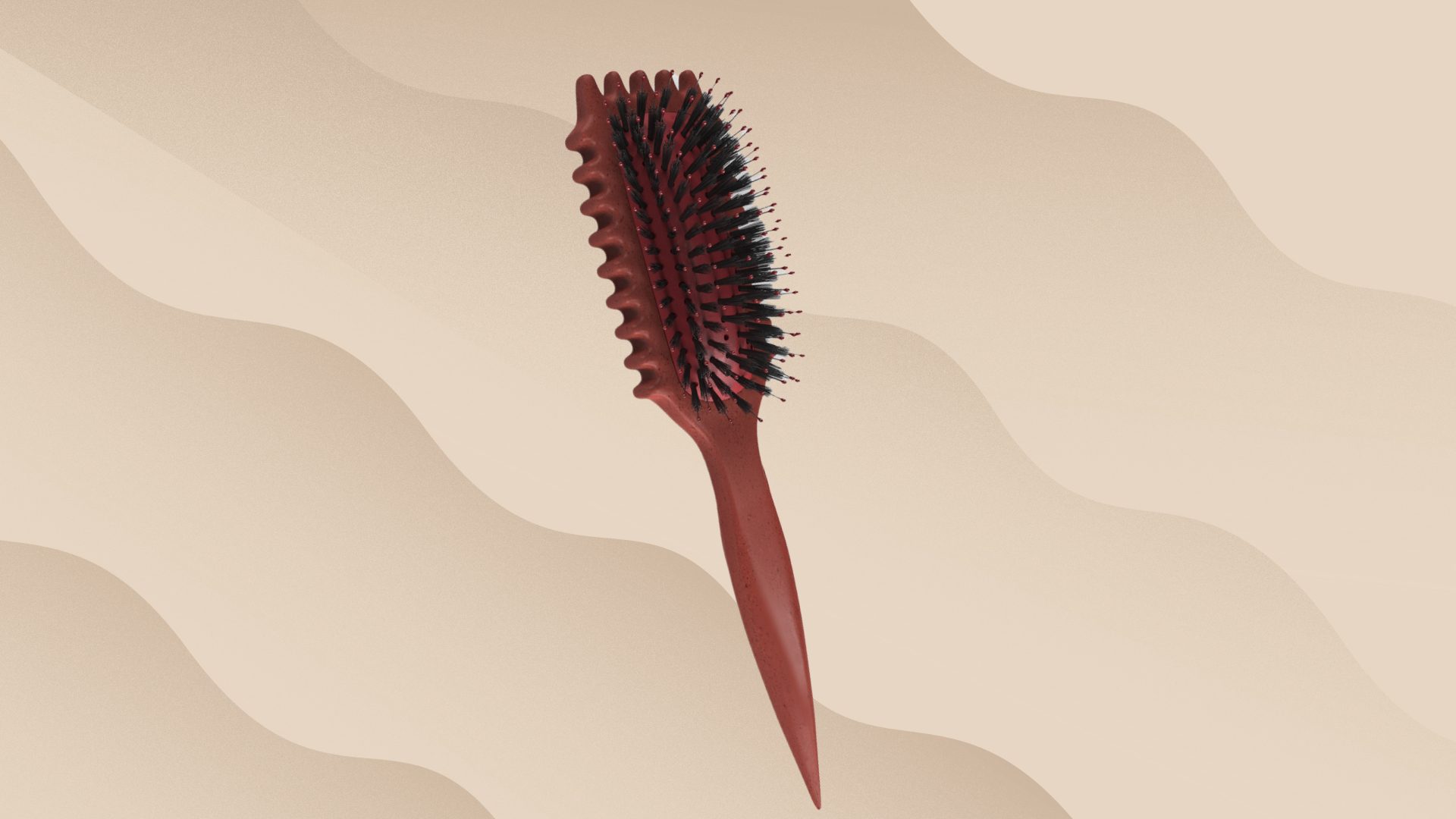
When starting your journey to natural hair it can be tough. Some of the people closest to you may be negative about the new you. Don’t let the haters get you down. This is not only a transitioning process but an opportunity for personal growth and a chance to inadvertently influence those around you. When people are accustomed to seeing you a specific way for many years, it can be hard for them to become acclimated to your new appearance. You will have some ups and downs. Experience hits and misses. Quite possibly feel like changing your mind and going for what you know: back to the relaxers and other chemical processes. You are not alone. These are all normal experiences. Caring for your hair should not feel like a part-time job. Here are some tips to make your move to natural hair as smooth as possible.
1. Don’t buy every product
Don’t go broke buying the latest and most hyped products that you see. Get the essentials. Your hair care will be changing a few times due to having to re-learn how to care for your hair. I did a long-term transition (3+ years”> from my relaxed hair to my natural hair. I went natural due to my life long scalp issues with dandruff and psoriasis.
Here are the 8 essential items you will need:
- Sulfate-free shampoo: use biweekly.
- Cleansing conditioner aka co-wash: use weekly between shampooing.
- Rinse-out conditioner: great to use when you co-wash.
- Light to mid-level protein treatment: use once a month or as needed.
- Moisturizing deep conditioner (DC”>: Do this weekly. Always follow up protein treatments with a moisturizing DC.
- Leave-in conditioner
- Oils & butters. Depending on the density of your hair you may prefer lightweight or heavy oils and butters.
- Styling product such as custard or gel.
2. Do detangle with patience
Be patient when combing and detangling your hair. Without patience, wash day can be a nightmare! The key is to work on your hair in sections. Apply an inexpensive rinse-out conditioner and detangle with a wide tooth comb or shower comb. The conditioner should have tons of slip. It makes releasing the knots in the hair much easier, reducing unnecessary breakage.
3. Don’t damage the line of demarcation
Always moisturize your hair and be careful with the line of demarcation. This is the area where your natural and processed hair meets on the strand. It is very fragile and prone to damage. It needs the most care.
4. Do treat your hair to moisture & protein
Deep condition your hair every wash day. Never miss it. This provides your hair with much needed moisture and makes it more pliable. It is a real treat for your hair. Do a light to midlevel protein treatment as needed. Previously relaxed or damaged hair needs strengthening.5. Don’t use a texturizer
Never use chemicals such as texturizers, texture softening systems, hair dyes, etc. They can cause havoc and derail your progress.
6. Do find your go-to style
When styling, work with your hair and never against it. Blend those textures. While transitioning, I found that my relaxed hair did not look very good when I did twist outs. Braid outs where always on point though. I applied leave-in conditioner and oil, detangle and braid it, then put a roller on the ends and called it a night. It’s super easy. Not into blending? Get braids. Be sure to keep your hair moisturized while it is braided. Using a liquid leave-in spray is ideal to moisturize your scalp and hair. Hair needs water to thrive. I like to use water and aloe vera based leave-ins.
Remember you are doing this for you. Enjoy the journey.







